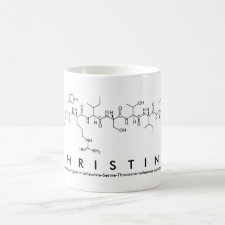
Authors: Azizi A, Bottaro CS
Article Title: A critical review of molecularly imprinted polymers for the analysis of organic pollutants in environmental water samples.
Publication date: 2020
Journal: Journal of Chromatography A
Volume: 1614
Article Number: 460603.
DOI: 10.1016/j.chroma.2019.460603
Alternative URL: https://www.sciencedirect.com/science/article/pii/S0021967319310118
Abstract: Molecularly imprinted polymers (MIPs) with tailor-made recognition sites are used in water analysis for selective sample pretreatment before quantitation. The exceptional performance of MIPs with reduced interferences and matrix effects during sample preparation has resulted in selective and precise analytical methods by enhancing chromatographic separation and detection. MIPs are fabricated using a varying range of synthetic procedures and used as the adsorptive phase in solid phase extraction (SPE), dispersive solid phase extraction (DSPE), solid phase microextraction (SPME), stir bar sorptive extraction (SBSE), and membrane-based extraction techniques. In this paper, a comprehensive review of MIP technologies reported in the literature for water analysis is provided. MIPs are critically evaluated using key performance criteria, such as adsorption capacity, imprinting factor, chromatographic retention factor, and cross-selectivity. The recent advances of MIP technologies including the preparation protocols, applications and developments are discussed. Additionally, the performance of MIPs which can be improved by optimizing the composition of the polymeric network is reviewed regarding the characteristics of rebinding medium. The limitations of MIPs for water analysis, especially restricted selectivity for water soluble analytes, material wettability, and MIP inhomogeneity are discussed by providing the possible solutions. Finally, some novel applications and prospects for online, rapid and direct analysis of environmental samples using MIPs are included
Template and target information: review - MIPs for organic pollutants in environmental waters
Author keywords: Molecularly imprinted polymers, selective sorbents, Sample clean-up, preconcentration, environmental analysis, organic pollutants



Join the Society for Molecular Imprinting

New items RSS feed
Sign-up for e-mail updates:
Choose between receiving an occasional newsletter or more frequent e-mail alerts.
Click here to go to the sign-up page.
Is your name elemental or peptidic? Enter your name and find out by clicking either of the buttons below!
Other products you may like:
 MIPdatabase
MIPdatabase









